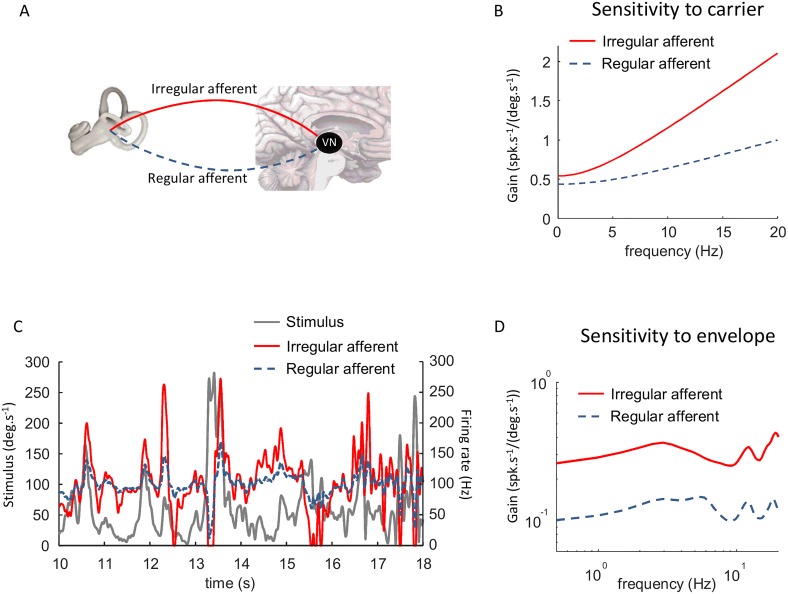Fig 7. Well-established models of the vestibular periphery predict that irregular afferents have greater sensitivities to envelopes than their regular counterparts.
A: Schematic showing the vestibular end organs as well as regular and irregular vestibular afferents projecting to the vestibular nuclei. B: Sensitivity to the carrier for the regular (dashed black) and irregular (solid red) model afferents. C: Time series showing a segment of the envelope stimulus (solid black) and the responses of the model regular (dashed black) and irregular (solid red) afferents. D: Gain to the envelope as a function of frequency for the regular (dashed black) and irregular (solid red) model afferents. In both cases the gain is relatively independent of frequency but is about twice higher for the irregular model afferent.

